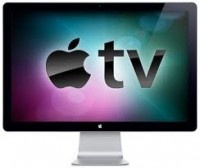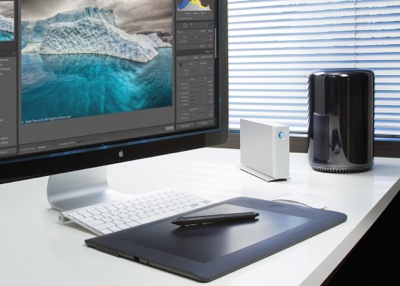The 3D display market is set to grow from 50.8 million units and US$13.2 billion in revenue in 2011 to 226 million units and $67 billion in revenue in 2019 worldwide, according to the NPD DisplaySearch (www.displaysearch.com/)”3D Display Technology and Market Forecast Report.”
3D TVs contribute heavily to this projection and create the largest revenue stream with anticipated growth from 25 million units in 2011 to approximately 180 million units in 2019. If/when the rumored Apple-branded HDTV arrives (the “iTV”), perhaps it will include 3D support (hopefully, without those clunky glasses). If not, maybe a 3D “iMac TV” next year.
“Despite some industry sentiment that the 3D bubble has burst, we expect 3D to continue to grow across several categories including TVs, portable devices, and public displays,” says Jennifer Colegrove, PhD, Vice President of Emerging Display Technologies, NPD DisplaySearch. “In 2008, the 3D display market was under 1 million units and $902 million in revenue. By 2011, it had increased to nearly 51 million units and more than $13 billion in revenue. This is a trend we expect to continue.”
As 3D TV shipments increase, so will household penetration of the devices. NPD DisplaySearch forecasts 3D-ready TV penetration to increase from 10% to more than 50% by 2019 worldwide, but actual usage of 3D may not move as quickly.
“Our research shows that even though consumers own these 3D-ready TV devices, they haven’t viewed a significant amount of content on them,” says Colegrove. “Before broader adoption can be expected, there is still a need for more 3D content and a smoother set-up process for 3D TV.”
The success of portable game devices with 3D displays, such as the Nintendo 3DS, has shown that auto-stereoscopic 3D (in which the 3D effect is created by the display and does not require glasses to see) is ready for use in commercial products. Moving forward, NPD DisplaySearch forecasts an increased penetration of auto-stereoscopic 3D in mobile phones and DSC/camcorders over the next few years.
Glasses will be necessary for many 3D applications such as TVs and monitors for many years to come due to the limitations and high price of auto-stereoscopic technologies for large displays, according to the research group. However, NPD DisplaySearch expects to see auto-stereoscopic 3D tablet computers in the market in 2013 (LG Electronics previously produced an anaglyph 3D tablet that required red/blue glasses). In addition, auto-stereoscopic 3D has begun to be used in public displays as a method of gaining attention.



